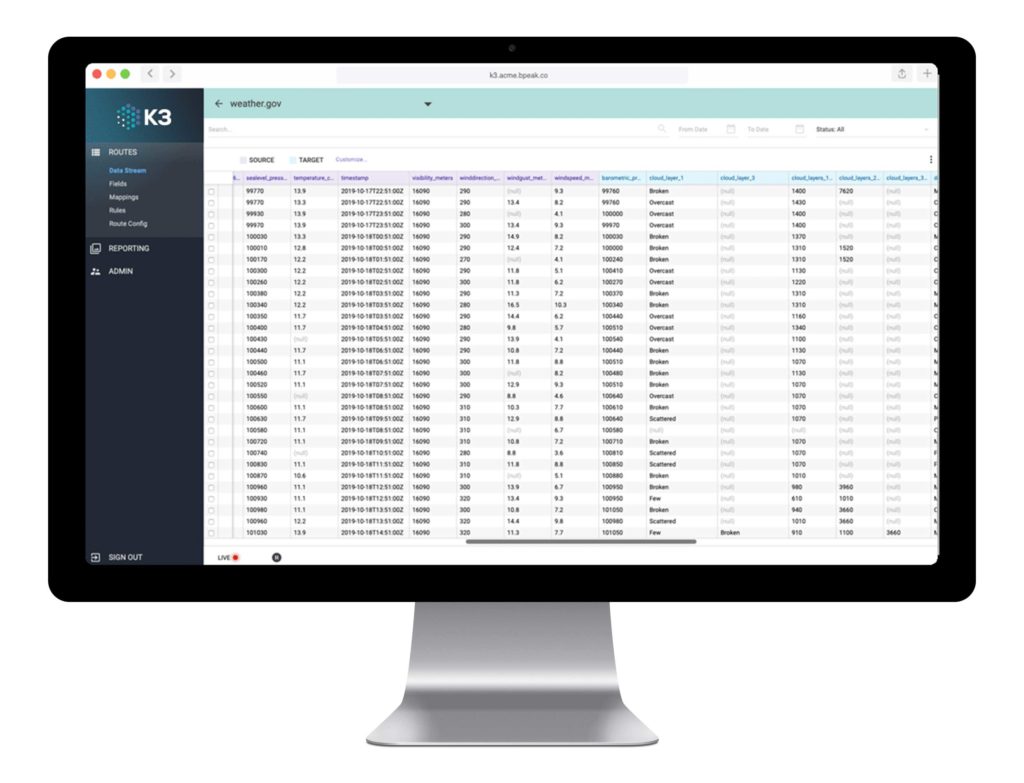The world of data optimization has advanced considerably since the release of Oracle Database Version 3 way back in 1983. At that time, Oracle’s was the first database to run on personal computers and mainframes, paving the way for the future of data management in which we currently live.
As companies look ahead to the next phase of their digital transformation, the relationship between Oracle and k3 data prep grows ever more important. Let’s take a look at how Oracle interacts with k3 ETL, and what that means for business response architecture as it relates to data management.
Using Oracle For Data Prep in 2021
Oracle Database’s latest release, 21c, added a number of new features in its December 2020 release, including blockchain tables, SQL macros, and much more. As the infrastructure of Oracle grows ever more complex, IT teams are required to make greater strides toward implementing data management in a highly-bureaucratic database system.
PRO TIP:
Whether you’re already using Oracle or considering it, read through the features added in their latest update. You may find something useful you weren’t previously aware of.At the same time, restrictive hierarchies within Oracle Database require a greater amount of manpower to run and maintain. Bottlenecks are created when IT teams must spend more time optimizing operations within Oracle so that the data may be used by business analysts and professionals.
These bottlenecks can spell trouble for companies with large amounts of data—particularly when data is split between Oracle’s database and other systems. Frankly, it becomes very fragile and starts to consume far too much IT resources. To de-silo your data and build a better, more efficient data management system, you need the latest ETL tools.
To de-silo your data and build a better, more efficient data management system, you need the latest ETL tools.
That’s where k3 ETL not only improves business response architecture, but fundamentally transforms the process of data management for large enterprises.
The Power Of K3 ETL & Oracle
K3’s data transformation process involves pulling data from Oracle and placing it into a database—such as a data warehouse or data lake—which can then be accessed by business professionals for a variety of specific uses.
Better yet, data can be brought from both Oracle and other databases currently in use, streamlining data migration using k3 and de-siloing your data for future-ready data management.
Data can be brought from both Oracle and other databases currently in use, streamlining data migration using k3 and de-siloing your data for future-ready data management.
Companies using Oracle for their databases no longer need to be encumbered by the processes and restrictions put in place by complex legacy architecture. K3 ETL provides the tools needed for businesses to get the most out of their data management to maintain their lead over the competition in competitive markets. The only question is how to get started.
Getting Started With K3 Data Transformation
Low-code K3 ETL makes it easy for companies to acquire data from Oracle, undergo the necessary data transformation, and place it into their data warehouse or data lake to undertake new projects.
The ability to stream data in real-time as you integrate it with any system is what sets k3 ETL apart from the rest. To see it in action for yourself, schedule a free demo and start optimizing your database operations for a data management infrastructure that’s equipped for the needs of your industry’s future.








